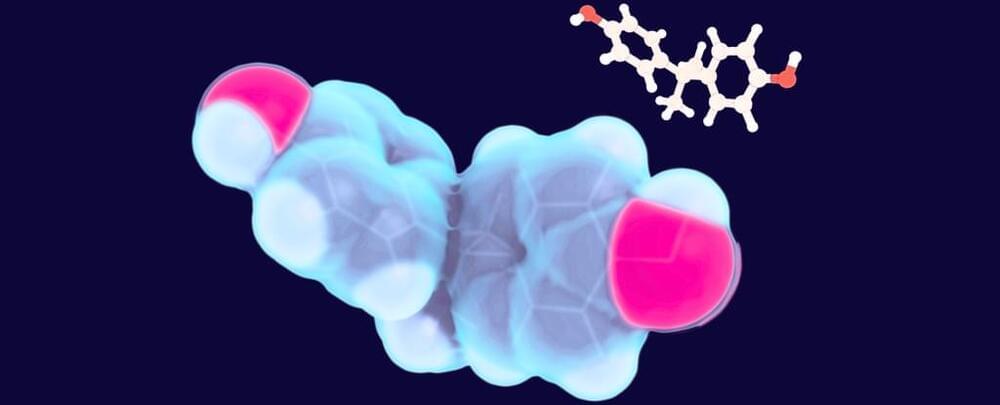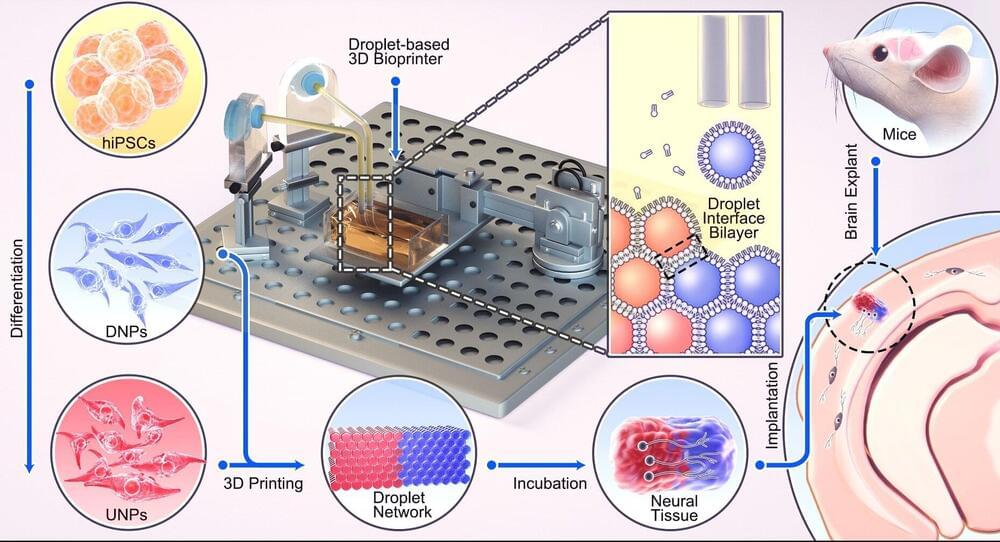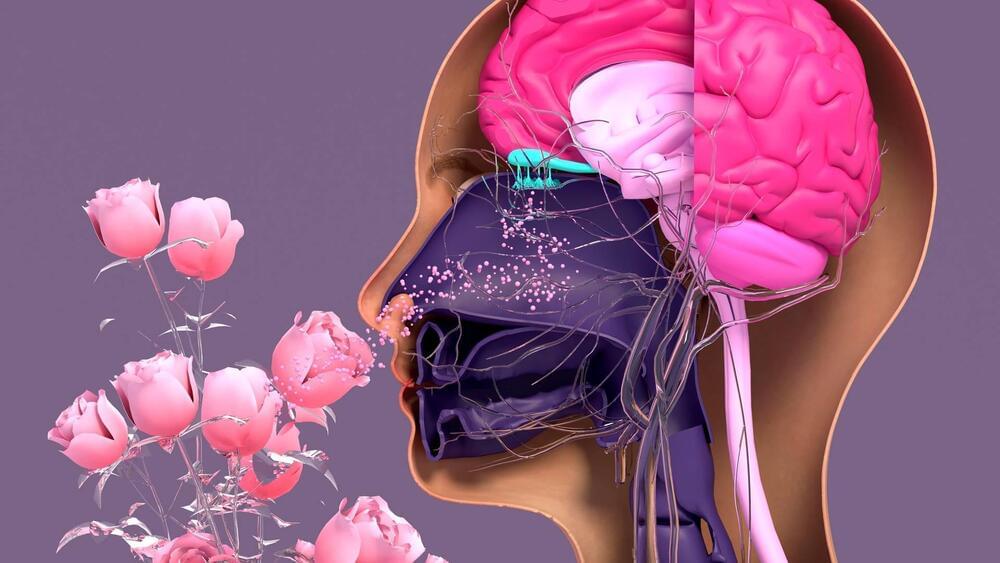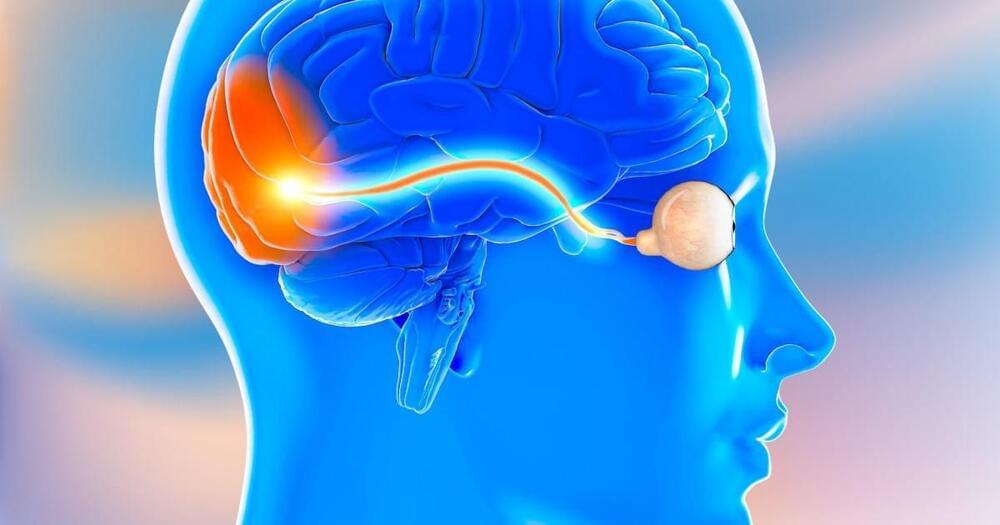The world’s largest study on light exposure and its impact on mental health, with almost 87,000 participants, has found that increased exposure to light at night increases a person’s risk for psychiatric disorders such as anxiety, bipolar and PTSD severity as well as self-harm. Importantly, the study also found that increasing exposure to daytime light can act like a non-pharmacological means for reducing psychosis risk.
In those exposed to high amounts of light at night, the risk of depression increased by 30%—while those who were exposed to high amounts of light during the day reduced their risk of depression by 20%. Similar patterns of results were seen for self-harm behavior, psychosis, bipolar disorder, Generalized Anxiety Disorder, and PTSD. These findings indicate that the simple practice of avoiding light at night and seeking brighter light during the day could be an effective, non-pharmacological means of reducing serious mental health issues.
The study, led by Associate Professor Sean Cain, from the Monash School of Psychological Sciences and the Turner Institute for Brain and Mental Health in Melbourne, Australia, is published today in the journal, Nature Mental Health.








